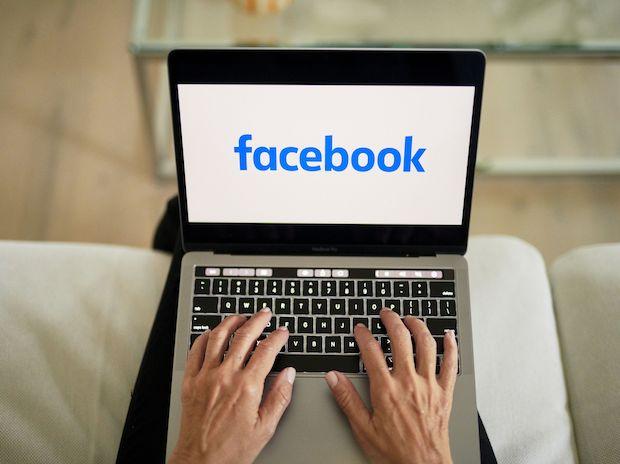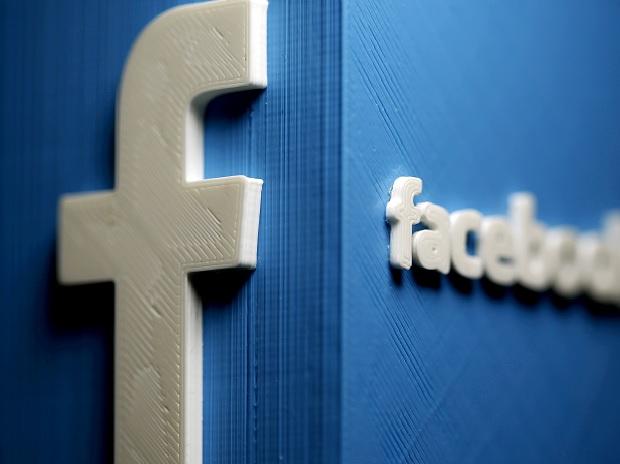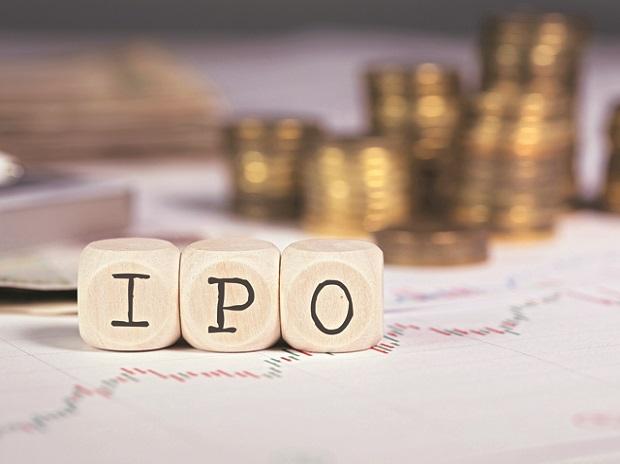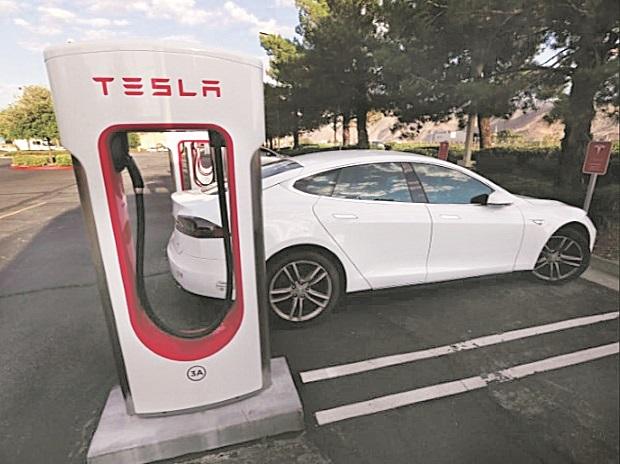Don't expect a gabfest in Glasgow to save the planet when the scene of real action is 4,000 miles east.

The United Nations Climate Change Conference in the Scottish city is being billed as our last best chance to keep global warming to below 1.5 degrees Celsius above pre-Industrial Revolution levels. But that’s already unrealistic. With temperatures 1.1 degrees higher than in the second half of the 19th century and greenhouse gas emissions still rising, the ambitious goal adopted by 196 countries in Paris six years ago is a near-certain miss.
That will no doubt lead to a new round of finger-pointing between rich and poor nations about how each side is being unreasonable and unfair. For a clue to how this depressing stalemate will ever be resolved, cast your gaze to Gujarat on India’s northwestern coast, where there’s no sense of defeat, or even righteous indignation about being forced to go on a low-emission diet by those who were early to industrialize.
Instead, two of the world’s richest businessmen are furiously writing billion-dollar checks in their race to shape our climate future. Mukesh Ambani and Gautam Adani owe their fortunes to carbon, and yet it’s in hydrogen — the simplest known element — where a complex contest between them could open a pathway to decarbonized economic growth. India’s official position is that net zero emissions by 2050 is an unjust demand. Yet, the optimism of the tycoons from Gujarat offers a way out of the impasse. Betting on one or both to succeed, Prime Minister Narendra Modi might promise to do more for the climate, though real work for his team will start only after returning from Glasgow. That’s when Ambani, 64, and Adani, 59, will want supportive policies.
Ambani owes his top spot on Asia’s rich list to Gujarat’s Jamnagar, host to the world’s largest oil-refining complex. It spews out spare cash to invest in retail and the internet. Pivoting away from fossil fuels, Ambani is setting up four new factories in the district, one each for solar panels, batteries, green hydrogen and fuel cells. His flagship Reliance Industries Ltd. has so far spent $1.2 billion on acquisitions and partnerships, and already Bernstein analysts believe the new enterprise to be worth $36 billion, compared with $30 billion for the decades-old refining business.





































